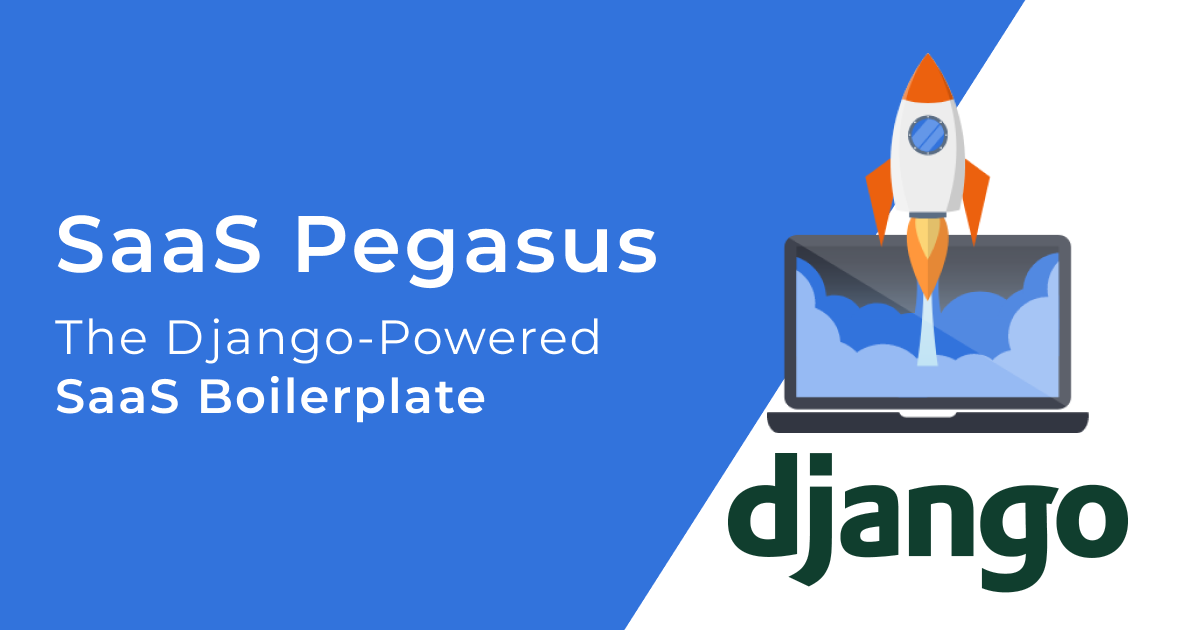Why choose a SaaS boilerplate for building your SaaS instead of starting from scratch?
Because it's faster, cheaper, scalable, and more secure.

Building a SaaS (Software as a Service) is a complex and time-consuming process, requiring a blend of robust technology, efficient development practices, and a user-centric design. Whether you’re a startup or a growing business, you may face the challenge of deciding whether to build your SaaS product entirely from scratch or use a SaaS boilerplate to accelerate the process.
While starting from scratch offers total control, the advantages of using a SaaS boilerplate make it an increasingly attractive option for developers and entrepreneurs. Here’s why opting for a SaaS boilerplate is a smart choice.
1. Faster time-to-market
Time is of the essence in today’s fast-paced software market. Developing a SaaS product from the ground up involves writing all the foundational code, setting up infrastructure, integrating third-party services, and thoroughly testing each component. This process can take weeks, if not months, to get a MVP (minimum viable product) out the door.
By contrast, a SaaS boilerplate provides a pre-built foundation for common SaaS features like user authentication, subscription management, and admin dashboards. Using a boilerplate allows you to skip the initial grunt work and focus on building the unique features that set your product apart. The result? A significantly reduced time-to-market. This way you can launch and start gathering customer feedback quickly.
2. Lower development costs
Building everything from scratch often requires a larger development team, extensive planning, and resources. Every additional day spent writing and debugging code means more hours billed, which can rapidly inflate your project costs. Especially for startups and small teams working with limited budgets, this can be a major roadblock.
SaaS boilerplates are designed to handle many of the common, repetitive tasks of SaaS development, such as authentication, payment processing, or account management. This means you can minimise your development team’s workload and reduce overall project costs. Since much of the boilerplate code has already been tested and used in other projects, you’ll also spend less on fixing bugs and optimising features.
3. Focus on core features
Your product’s success will largely depend on its unique value proposition. These are the special features and services that differentiate it from the competition. However, building core features can easily get delayed if you’re bogged down by routine tasks like setting up databases, user authentication, and error handling.
With a SaaS boilerplate, all the essential components are pre-built, allowing your team to focus their efforts on the most important part: innovating and developing the features that will truly delight your users. By offloading common tasks to a boilerplate, you and your team can stay focused on what matters most—delivering value to customers.
4. Reduce risk of security vulnerabilities
Security is a top concern for SaaS businesses, particularly when handling sensitive user data. Writing your own authentication system, payment gateway integration, or security features from scratch introduces room for error and vulnerabilities.
A SaaS boilerplate often comes with built-in security features that follow best practices, such as password hashing, user role management, and compliance with security standards like GDPR and HIPAA. Many boilerplates have already been vetted for security, and some have passed through multiple stages of real-world testing. Using these pre-built, secure features helps you avoid the potential pitfalls of introducing security flaws in the early stages of development.
5. Scalability and performance
Building for scalability is crucial for any SaaS product. If your SaaS is successful, it will need to handle an increasing number of users, which requires careful planning of both the backend infrastructure and code architecture. Building a scalable system from scratch can be complex and prone to performance bottlenecks if not done correctly.
SaaS boilerplates are designed with scalability in mind. Many boilerplates integrate well with cloud services like AWS, Azure, or Google Cloud, which enable auto-scaling and performance optimisation as your user base grows. This makes it easier to scale up without rebuilding significant parts of your application. You’ll have peace of mind as your SaaS business expands.
6. Third-party integrations
Modern SaaS applications often rely on a multitude of third-party services. For example: email, payment processors, analytics, customer support, and more. Integrating these services from scratch can require days or weeks of research and development, especially to ensure compatibility and security.
Many SaaS boilerplates come pre-configured with integrations for popular services like Stripe (payments), SendGrid (emails), and Google Analytics. This can save significant development time and reduce the likelihood of bugs or security issues arising from incorrect integrations.
7. Community support and continuous updates
One of the advantages of using a well-established SaaS boilerplate is the access to a community of developers who use the same codebase. This community can offer advice, share best practices, and provide updates to the boilerplate. This ensures it stays up-to-date with modern security standards and technology trends.
In contrast, if you build your SaaS from scratch, the entire burden of maintenance, updating third-party services, and patching security issues falls solely on you or your team. With a boilerplate, updates are often released by the creators or community. This reduces the long-term maintenance burden.
8. Tested and reliable
A SaaS boilerplate is often used across multiple projects, meaning it has been tested in different environments and situations. This testing increases the reliability of the core functionalities. Building from scratch might give you complete control, but it also increases the chances of bugs, technical debt, and issues that haven’t been accounted for.
By choosing a boilerplate, you can leverage code that has already been validated, thereby reducing unexpected failures and ensuring a more stable product from the outset.
Conclusion
While building a SaaS product from scratch may appeal to those who want full control over every aspect of development, using a SaaS boilerplate presents undeniable advantages in terms of speed, cost-efficiency, security, and scalability. By opting for a boilerplate, you can focus on innovation and delivering value to your customers rather than getting bogged down by the basics. For many startups and developers, the choice is clear. Choose a SaaS boilerplate and launch faster with a more stable, secure, and scalable foundation.
Recommended SaaS boilerplates
You’ll find below three of the most highly recommended SaaS boilerplates gathered from the dev community this month:






